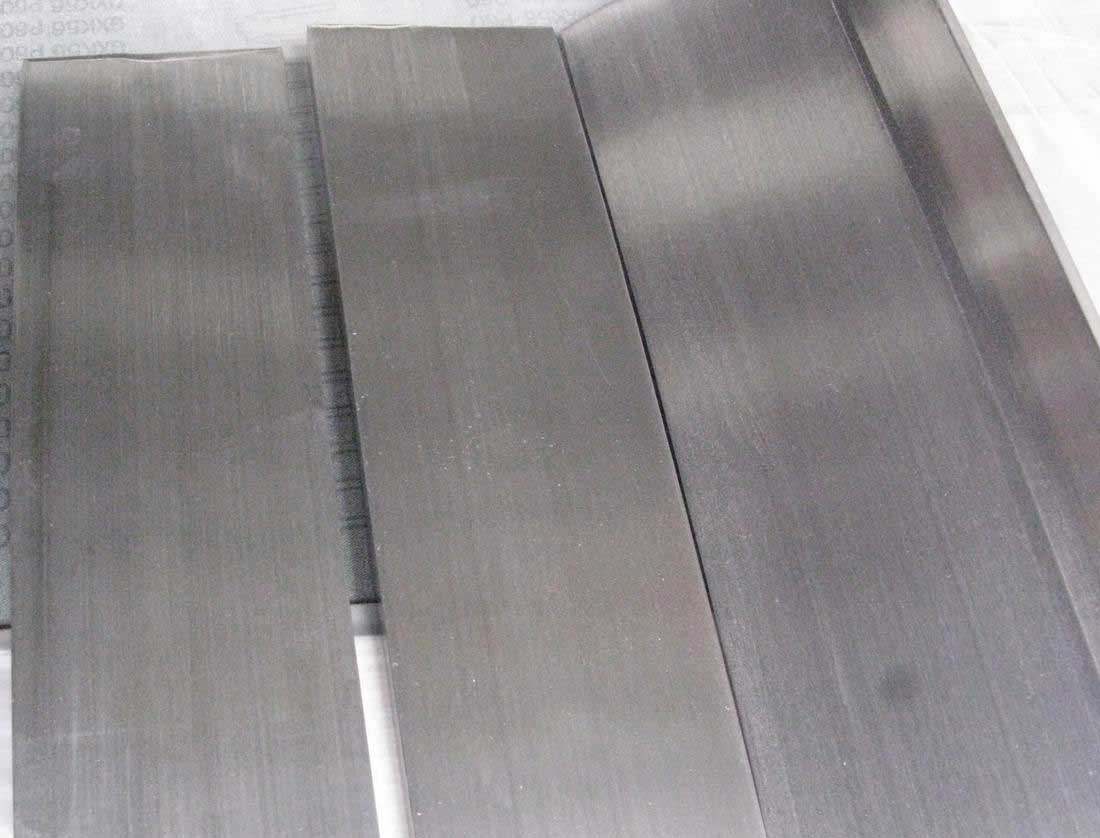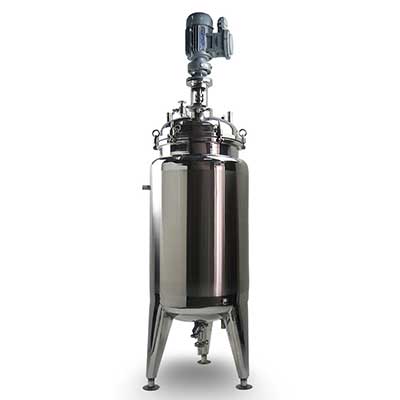Stainless steel jacketed reactor
The stainless steel reactors produced by our company are divided into electric heating, steam heating, and heat transfer oil circulation heating. The shaft sealing device is divided into packing sealing and mechanical sealing. The stirring type is anchor type, slurry type, worm wheel type, propulsion type or frame type. The number of openings, specifications or other requirements can be customized according to user requirements.
Why use 304 stainless steel for stainless steel reactors?
304 stainless steel is versatile stainless steel that is widely used to make equipment and parts that require good overall performance (corrosion resistance and formability). In order to maintain the corrosion resistance inherent in stainless steel, the steel must contain more than 18% chromium and more than 8% nickel. 304 stainless steel is a grade of stainless steel produced in accordance with American ASTM standards.
304 stainless steel is the most widely used chromium-nickel stainless steel. It is widely used as steel with good corrosion resistance, heat resistance, low-temperature strength, and mechanical properties. It has good hot workability such as stamping and bending, and no heat treatment. Hardening phenomenon (use temperature -196 ° C ~ 800 ° C). Corrosion-resistant in the atmosphere, if it is an industrial atmosphere or heavily polluted areas, it needs to be cleaned in time to avoid corrosion.


Tensile strength σb (MPa) ≥ 515-1035
Conditional yield strength σ0.2 (MPa)≥205
Elongation δ5 (%) ≥ 40
Section shrinkage ψ (%) ≥?
Hardness: ≤201HBW; ≤92HRB; ≤210HV
Density (20 ° C, g / cm3): 7.93
Melting point (°C): 1398~1454
Specific heat capacity (0~100°C, KJ·kg-1K-1): 0.50
Thermal conductivity (W·m-1·K-1): (100 ° C) 16.3, (500 ° C) 21.5
Linear expansion coefficient (10-6·K-1): (0~100°C) 17.2, (0~500°C) 18.4
Resistivity (20 ° C, 10-6 Ω · m2 / m): 0.73
Longitudinal elastic modulus (20 ° C, KN / mm2): 193

For 304 stainless steel, the Ni element in its composition is very important, which directly determines the corrosion resistance and value of 304 stainless steel.
To determine if a material is 304 stainless steel, it must meet the requirements of each element in the product standard. As long as there is a non-conformity, it cannot be called 304 stainless steel.
ASTM A276 (Standard Specification for Stainless Steel Rods and Shapes)

